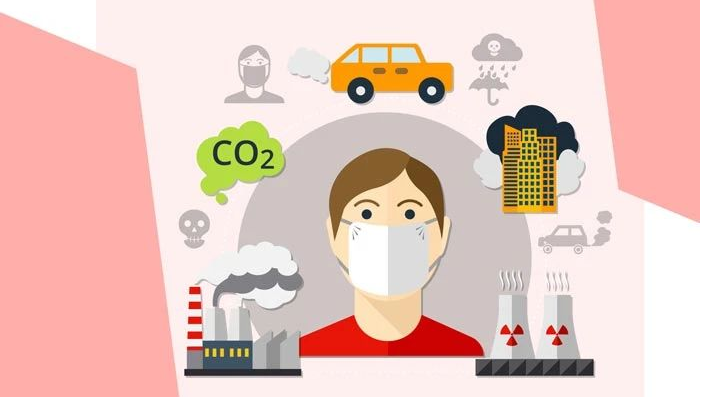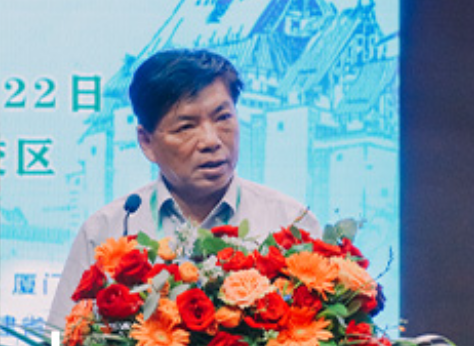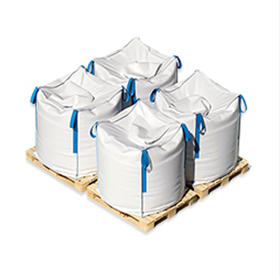Recently, "carbon peak" and "carbon neutrality" have become hot topics in the mainstream media. In fact, my country put forward the goal of carbon neutrality in September 2020, striving to reach the peak before 2030 and achieve the goal of carbon neutrality in 2060. What exactly is carbon neutrality? Why do we need to achieve this goal? What can we do for carbon peaking and carbon neutrality?
▲What are "carbon peaking" and "carbon neutrality"?
The "carbon" in "carbon peak" and "carbon neutral" refers to the greenhouse gas represented by carbon dioxide. Carbon peaking refers to the steady decline of carbon emission after reaching the "peak". Carbon neutrality refers to the process of offsetting the total amount of greenhouse gas emissions directly or indirectly produced by the whole society within a certain period of time through afforestation, energy conservation and emission reduction, etc., to achieve "zero emission" of carbon dioxide.
▲Why put forward the goals of "carbon peaking" and "carbon neutrality"?
After human society entered industrial civilization, the development model was highly dependent on the input of fossil energy and material resources, resulting in a large amount of carbon emissions, energy consumption and ecological environment problems, leading to global climate change and unsustainable development.

The goals of carbon peaking and carbon neutrality were to actively respond to climate change which is a major global challenge. This is not only an inherent requirement for our country to achieve sustainable development, but also an important starting point for strengthening the construction of ecological civilization and realizing the goal of a beautiful China.

Hong Huasheng, founding dean of the School of Ocean and Environment of Xiamen University and director of the "3060" dual-carbon strategy collaborative innovation expert workstation said that, this demonstrates China's role as a major country in global environmental governance! It is also a contribution to all mankind."
▲What can we do for "carbon peaking" and "carbon neutrality"?
The fundamental premise of achieving the goal of carbon peaking and carbon neutrality is the construction of ecological civilization and promote the transformation of traditional industrialization mode to the green development model of ecological civilization.
On the one hand, greenhouse gas emissions can be controlled by changing the energy structure, controlling the use of fossil fuels, increasing the proportion of clean and renewable energy, and improving energy efficiency. On the other hand, afforestation and carbon sequestration technology can be used to increase the absorption of greenhouse gases, thereby accelerating the process of carbon peaking and promoting the realization of carbon neutrality goals.

Yu Xingguang, a researcher at the Third Institute of Oceanography of the Ministry of Natural Resources and former director of the Third Institute of Oceanography of the State Oceanic Administratio said that, we can't just talk about the concept of carbon reduction and can't stay out of it, must start with the small things around us, and actively participate in energy conservation and emission reduction ranks.
Global climate change affects everyone. Addressing climate change is not only the actions of the government and enterprises, but also requires each of us to take action in all aspects of daily life such as food, clothing, housing and transportation to tap the potential of emission reduction.
◆Eat: Avoid food waste. Grain will be lost in all links such as harvesting, transportation, processing, distribution, and storage, but the waste at home is even greater. According to statistics, the world wastes 1.3 billion tons of food, accounting for 8% of greenhouse gas emissions.
◆Wear: Buy less unnecessary clothes, optimize consumption habits, and reduce waste. Experts think that it is important to break the habit of buying a lot of at one time and throw old items.
◆Housing: To purchase high-energy-efficiency air conditioners. The energy efficiency of common air conditioners on the market is divided into three levels. Level 1 is the highest energy efficiency level, and Level 3 is the market access level. High-efficiency air conditioners can be a little more expensive, but they cost less to run. In addition, setting the temperature of the air conditioner at about 26°C in summer and 18°C to 20°C in winter is more beneficial to human health and can greatly save energy.
◆Transportation : Low-carbon travel. Transport is one of the most important areas of action and travel is best dominated by walking, cycling and public transport. In the long run, rail transport has the least impact on the environment.
◆Use: Use green energy packaging. For example, fully degradable products that can degrade by themselves and return to nature safely can greatly reduce the impact on the environment.

There is still a lot we can do to help realize the goal of carbon peaking and carbon neutrality. So, let us take active action, start from ourselves, start from small things. Let each of us join hands and continue to practice the concept of green and low-carbon environmental protection in our lives, so that we can make important contributions to the goal of carbon peak and carbon neutrality!






































































































 18915559236
18915559236 xcbxa@xcgs.com
xcbxa@xcgs.com